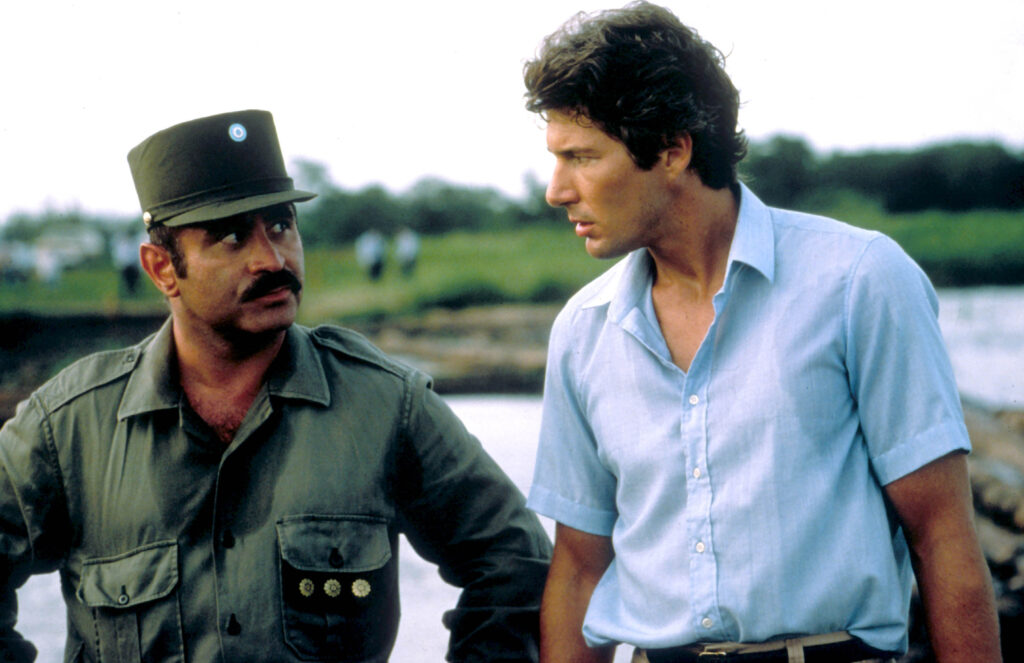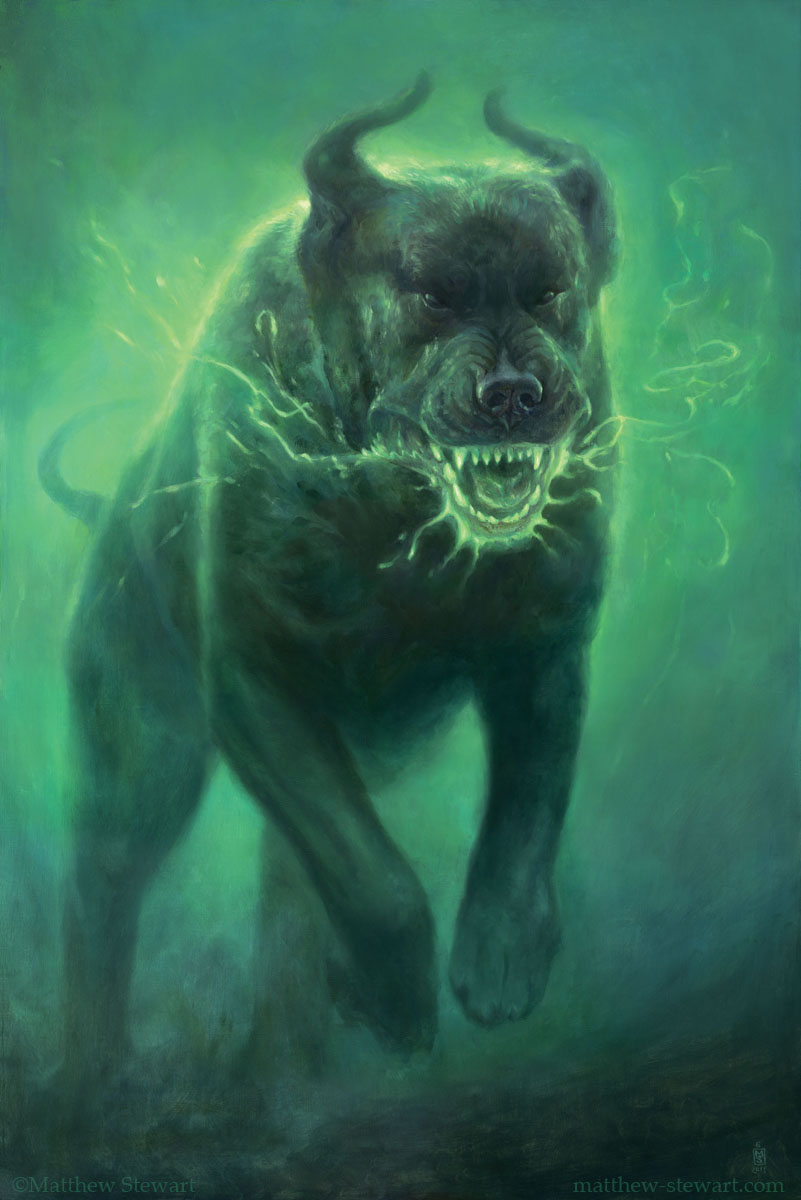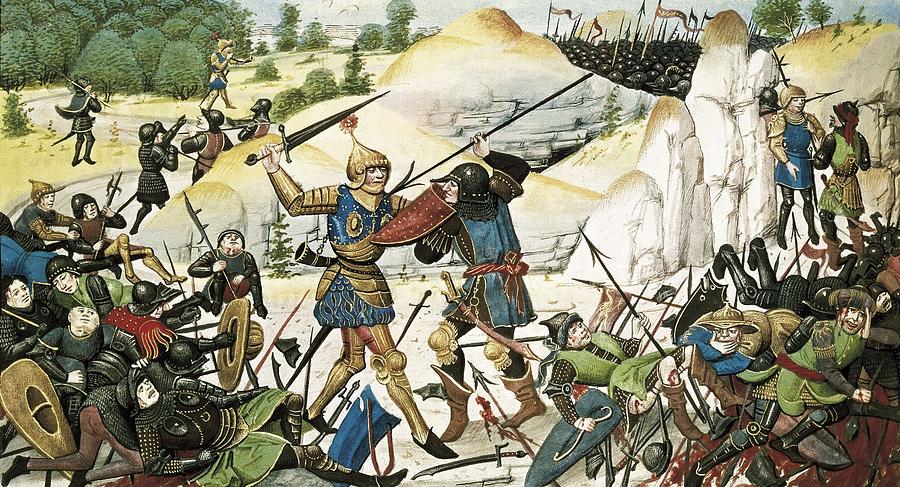Home » Topics / Subgenres » Adventure
Category Archives: Adventure
The Honorary Consul
Graham Greene
1973
(Argentinian revolutionaries abduct the wrong political figure by mistake, and one cynical acquaintance is the only one who cares… perhaps not even he does.)

Graham Greene, though a writer of great variety, is known for his “seedy” settings (he popularized the adjective, much to his regret) and the moral dimension of his very human characters. In these respects The Honorary Consul is an enduring and typical example of Greene’s style. Early in the book the protagonist Eduardo Plarr criticizes the romantic novelist Saavedra by saying that “life isn’t like” the way that author writes. Here Greene crafts a novel according to the alternative strategy; to show what life is like, with real people encountering real difficulties. The characters’ frail humanity and the ambivalence of their commitments will encourage us imperfect readers to relate honestly to them. The author refuses to vault skyward into heroism, idealism, wonder, or joy, perhaps as these are short-lived and usually confused in the real world. The good guys are bad enough to prevent us from admiring them, and the bad guys are good enough to prevent us from demonizing them. No character has an entirely appetizing mixture of traits, but no character is thoroughly distasteful either.
Like many readers, my gut draws me towards works whose moral distinctions rise into sharper relief—I enjoy esteeming my protagonists. If we insist on this criterion, Greene will not fare well. After meeting the main characters and following them around for a while, we might question whether they are likable enough company. Such readers must take a step of faith throughout the first 100 pages or so, that Greene is telling us a story that we will really care to read. Embarking on the book was for me like hearing the first few sentences of a party yarn that we fear might not be worth the patience. However, may no reader give up before realizing Greene’s purpose! The first impression fades and becomes irrelevant as one reads onward. The grayscale characterization is not due to neglect or apathy on the part of the author. Far from it—the ambiguity represents a strategy conceived for a distinct moral purpose, as paradoxical as this seems. A novel need not be moralizing to be morally interesting. (more…)
The Hound of the Baskervilles
Arthur Conan Doyle
1902
(The scientific minds of Holmes and Watson are tested by howls on the moor, the legend of a fiery hell-hound, and a giant pawprint next to a dead nobleman.)

A novel-length Sherlock Holmes mystery! The readers of the Strand Magazine must have been delighted. They must have vigorously discussed with each other the prospects of the case between installments. Releasing a detective story by degrees has got to be risky, since the readers have so much time to figure everything out. There are enough threads interwoven in this story, though, and enough minor details that must be incorporated into a solution, that I suspect almost everyone will be surprised at something in the denouement. Besides, we would need a healthy dose of luck to solve the riddle ourselves, for there are crucial elements about which we can only guess during the narration. These are revealed to us only after Holmes has discovered them and solved the case in his mind. In this way, Doyle all but ensures that competition with the sleuth is beyond our grasp.
Although the most haunting aspect of the typical Sherlock Holmes case is nothing more than the dense fog of pipe smoke around the detective’s chair, Doyle did have an interest in spiritualism, and wrote a few books on the subject. In The Hound of the Baskervilles he combines these two interests by infusing the tale with a strong atmosphere of macabre otherworldliness. Probably more than the facts of the case or its solution, the damp darkness and chilling moans of the moor are likely to remain with us long after we have finished reading the book.
The Oregon Trail
Francis Parkman
1848
(Horses, rifles, and knives see a party of adventurers through the land of expansive plains, craggy mountains, buffalo, and the Sioux.)

“Shaw! Buddy!” Imagine a young, spontaneous Yankee calling out to his friend, both of them just out of college. He proposes that they leave the effeminate comforts of the East, and spend a summer adventuring westward into the untamed lands where life is dangerous and fascinating. Francis Parkman explains (ch.II):
“The restlessness, the love of wilds and hatred of cities, natural perhaps in early years to every unperverted son of Adam, was not our only motive for undertaking the present journey. My companion hoped to shake off the effects of a disorder that had impaired a constitution originally hardy and robust; and I was anxious to pursue some inquiries relative to the character and usages of remote Indian nations, being already familiar with many of the border tribes.”
So they did it. In 1846. Francis was 23. And the recollections of that journey, The Oregon Trail: Sketches of Prairie and Rocky-Mountain Life, remain with us as one of the best treatments of the early West that we will ever have. Parkman’s prose has the feel of a chronicle—it is obviously nonfiction, a travelogue. But it is not a ponderous journal of trivia and redundancy through which we must wade for hours to find the few interesting episodes; nor is each sunset a springboard for a forced flight of sentimental fancy in poor imitation of Byron’s Childe Harold or other Old World sketches. Rather, it is an engaging selection of vignettes, personalities, and anecdotes that admit us to the ranks of the “ragamuffin cavalcade” that was Parkman’s expedition. Parkman’s writing is like Parkman himself—the stereotypical American at his best, one might say: direct yet perceptive, practical yet romantic, hearty yet insightful.
The Song of Roland
(La Chanson de Roland)
anonymous (Turold?)
late 11th century
(The mightiest and noblest of Charlemagne’s crusading knights is betrayed, but his companions stand fiercely by him as the Saracens attack.)

The year is 778. The brave knight Roland and his army, led by eleven of the noblest warriors in Christendom, watch in horror as an army five times larger than their own approaches through the Roncevaux Pass in the Pyrenees. Roland’s friend Oliver urges him to call for Charlemagne’s aid with his famed olifant horn. Roland will not. He will trust to God, to France, and to his sword Durendal. He shouts a rallying speech to his men– this is their day to shine. They banish fear and meet the Saracens. This is an anthem of a book– a mighty, direct, vibrant punch of a poem. It is simple, stylized, yet well balanced; powerful, but not without subtlety. It is short, as epics go– slim and to the point, forget the historical backgrounds and love stories. This is the earliest surviving and the best of its genre– the “Songs of Deeds”, or Chansons de geste, of medieval French literature, of which there were hundreds. In style, in its portrayal of the values of chivalry, in its composition, and in its spirit, it is the supreme knightly adventure poem.



The Time Machine
October 18, 2020 / 1 Comment on The Time Machine
H. G. Wells
1895
(A push on a lever, a blurry dizziness, a clap of thunder… and a veil falls away to reveal the world of our far distant descendants.)
Breaking the rule that you have to proceed constantly forward in time at precisely one second per second is as old as the human imagination, appearing even in ancient stories where a god or a bonk on the head could slip you to another point in history. Surprisingly enough, though, the idea of a device or vessel that can carry one through time in the way that wagons and boats carry us through space is apparently less than a century and a half old. Perhaps the backwards-running clock in an 1881 Edward Page Mitchell story is the first time machine in literature; or else, if you have to be able to climb into the thing for it to count, then Enrique Gaspar’s “anacronópete” of his now little-known 1887 novel of that name narrowly beats out H. G. Wells’ 1888 story “The Chronic Argonauts”. Evidently the hyperindustrializing and engine-happy Americans and Western Europeans of the late 19th century, inspired no doubt also by the first stirrings of modern physics, were beginning to let their minds wander as to what a precisely engineered assemblage of gears and rods and bolts might be able to do. The Time Machine is the quintessence of this concept in literature, and is one of the best science fiction stories we have, even given the golden age of that genre that followed.
(more…)